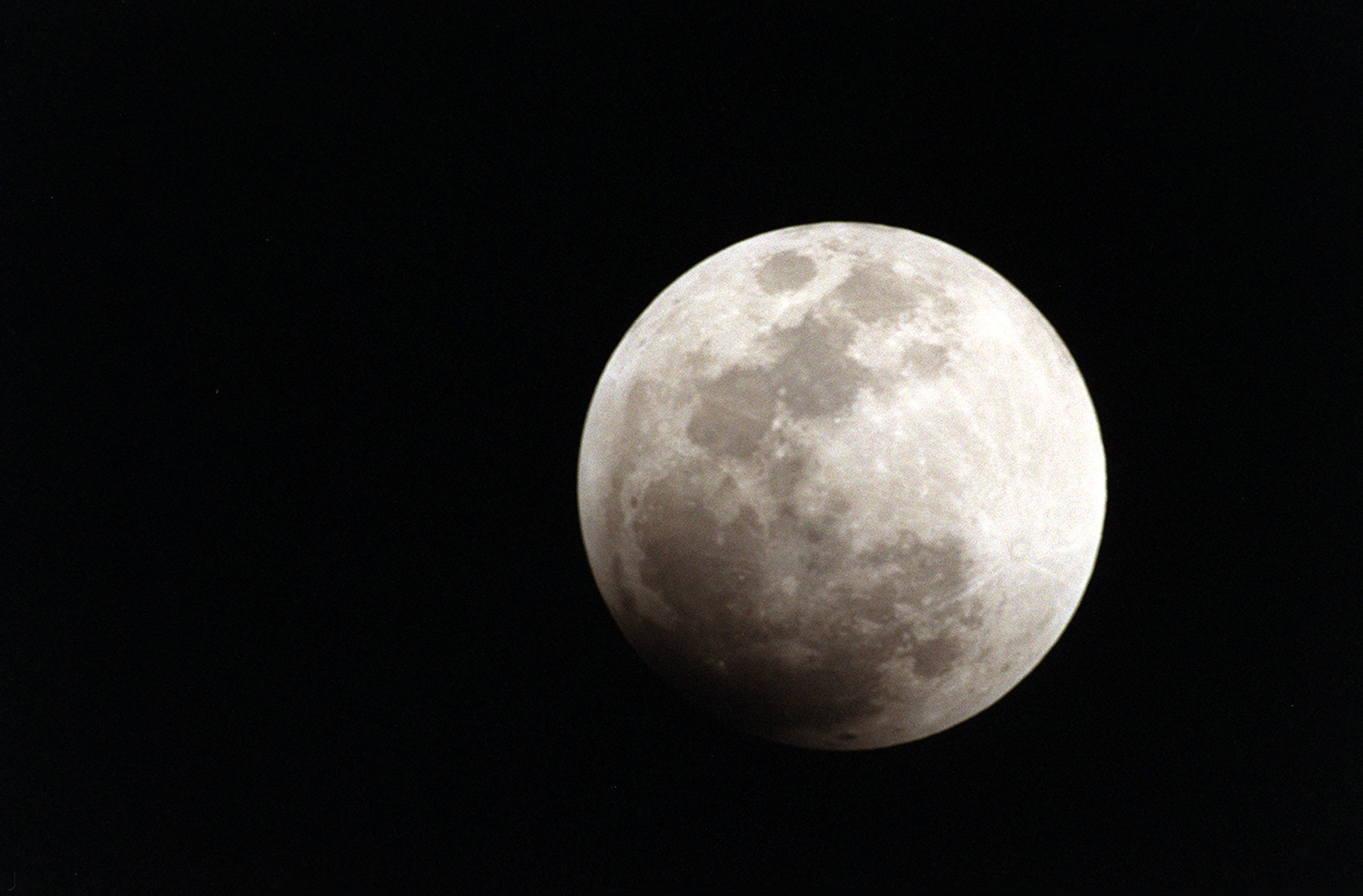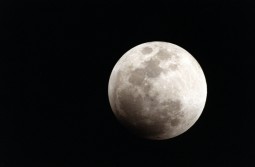Dr. Mihaly Horanyi and his colleagues at the University of Colorado are on the brink of watching an instrument they developed crash into the moon. It’s okay—it’s designed to. In the meantime, the instrument, LDEX, is measuring impacts from dust particles a fraction of the width of a human hair on NASA’s LADEE mission. It’s measured more than 11,000 of these tiny impacts since falling into orbit in October.

How On Earth’s Beth Bartel is on her own mission to figure out just what is so interesting about space dust. Think: space colonization, geologic mapping, and searching for signs of extraterrestrial life.
Hosts: Beth Bartel, Joel Parker
Producer: Beth Bartel
Engineer: Joel Parker
Additional Contributions: Jane Palmer
Executive Producer: Joel Parker
Click below to listen to the show:
Podcast: Play in new window | Download (Duration: 24:01 — 33.0MB)
Subscribe: RSS






